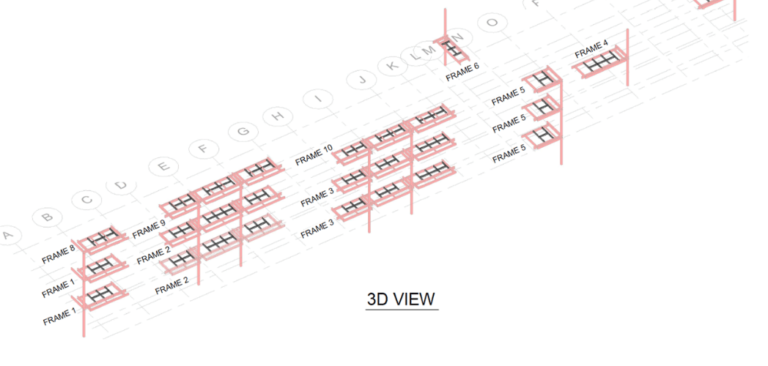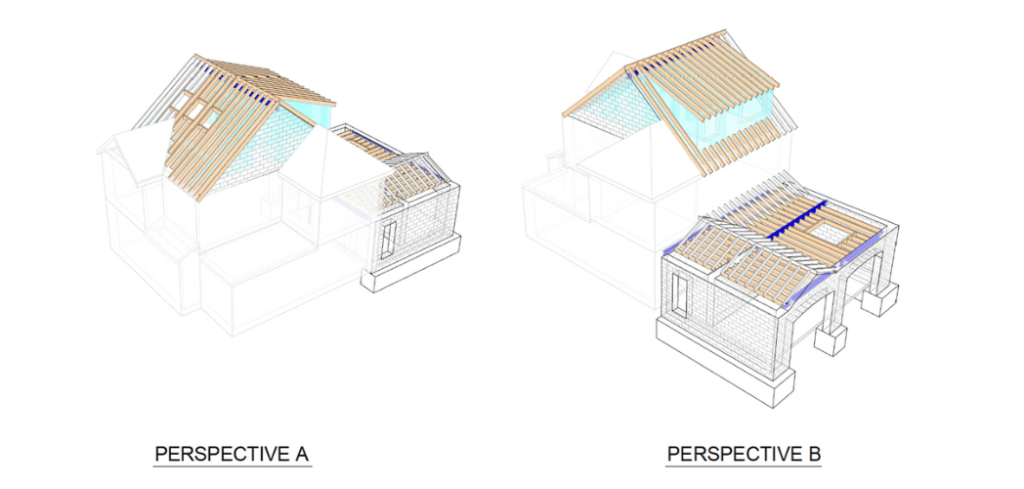Structural
The Evolution of Structural Steel Frame Design in Skyscrapers
Structural Steel Frame Design
The skyline of any modern city is a testament to human ingenuity, with skyscrapers reaching for the clouds, embodying the zenith of architectural and engineering innovation. At the heart of these towering structures is the structural steel frame, a key element that has undergone significant evolution over the years. This article delves into the journey of structural steel frame design in skyscrapers, exploring how it has shaped the cities we know today.
The Early Days: Birth of the Skyscraper
In the late 19th century, the story of structural steel in skyscrapers took root in Chicago with the completion of the Home Insurance Building in 1885. Often hailed as the world’s first skyscraper, this marvel of engineering revolutionized urban landscapes. While not entirely constructed of steel, its design introduced the groundbreaking concept of a steel skeleton. This structural innovation could bear the weight of the building and withstand the formidable forces of wind and gravity. This pioneering approach to construction, embodied in the Home Insurance Building, laid the cornerstone for the skyscrapers that would later dominate city skylines worldwide, showcasing the evolution of structural steel frame design.
The Age of Innovation: Steel Takes Center Stage
As the 20th century progressed, the use of structural steel became more prevalent, with architects and engineers pushing the boundaries of what was possible. The development of the steel frame allowed buildings to reach unprecedented heights. The Empire State Building, completed in 1931, stood as the world’s tallest building for nearly 40 years, its steel frame enabling it to soar to 102 stories. This era was characterized by rapid technological advancement and a spirit of innovation that drove the construction of increasingly taller and more complex structures, exemplifying the evolution of structural steel frame design
Mid-Century Modern: The International Style
The mid-20th century saw the rise of the International Style, characterized by simple, clean lines and the use of modern materials, including structural steel frame design. This style emphasized the idea of form following function, with the steel frame allowing for open, flexible floor plans and large windows that were previously unimaginable. Skyscrapers like the Seagram Building in New York City exemplified this approach, showcasing the aesthetic possibilities of steel construction while also highlighting its practical benefits.
The High-Tech Movement: Exploring New Frontiers
The late 20th and early 21st centuries introduced the High-Tech movement, where architects began to celebrate the technological aspects of buildings, often showcasing structural elements. The use of structural steel reached new heights of creativity, with innovative designs such as the Bank of China Tower in Hong Kong and the Gherkin in London. These buildings not only pushed the limits of steel frame design but also incorporated energy efficiency and sustainability into their construction, reflecting growing environmental concerns.

The Present and Future: Sustainability and Innovation
Today, the evolution of structural steel frame design continues, with a strong focus on sustainability, resilience, and innovation. Advances in steel production have led to lighter, stronger, and more environmentally friendly materials. Architects and engineers are exploring new ways to use steel in construction, combining it with other materials and technologies to create buildings that are not only taller but also smarter and more sustainable.
Conclusion
Structural steel frame design has played a pivotal role in the evolution of skyscraper design, enabling architects and engineers to reach for the skies and redefine the limits of construction. From the early days of the Home Insurance Building to the cutting-edge designs of today, steel has proven to be a material of choice for its strength, flexibility, and adaptability. As we look to the future, it is clear that structural steel will continue to shape the world’s skylines, embodying the spirit of innovation that drives the field of architecture forward.


